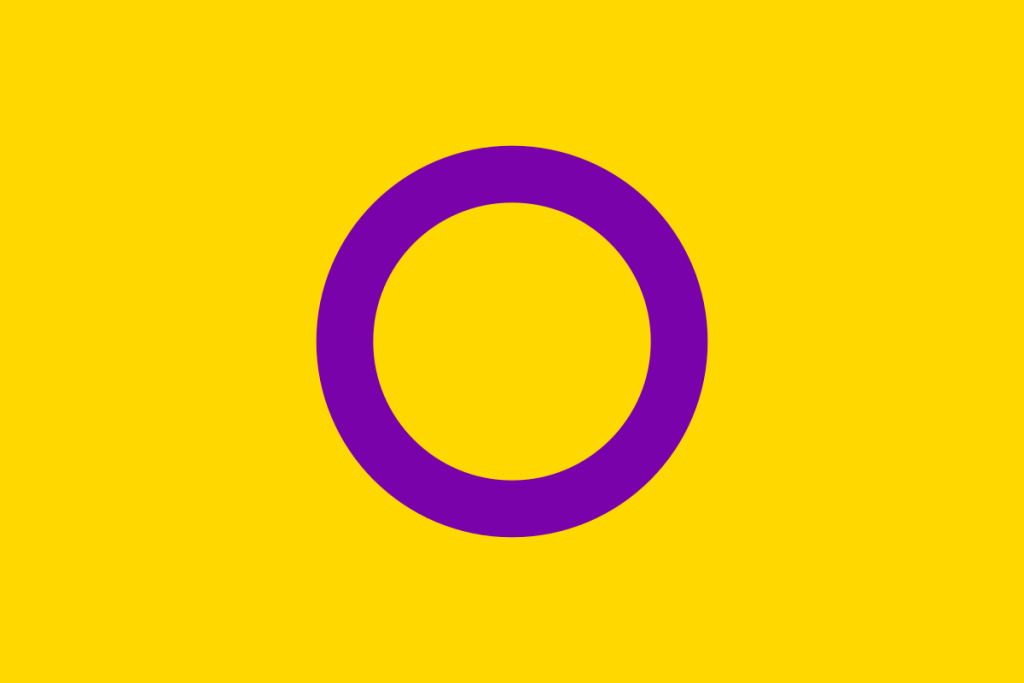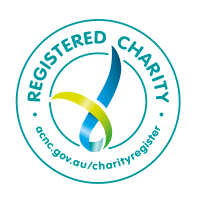This glossary was developed for the Women’s Health Hub to help those working across the health system understand key terms and phrases used in gender-responsive approaches to health and prevention.
It accompanies key publications and resources developed by Australian Women’s Health Alliance. We acknowledge that achieving equity in health for people of all genders takes place in many contexts and evolving conversations. As such, the key terms outlined here are not exhaustive.
| TERM | DEFINITION |
| Access | Describes how affordable, accessible, appropriate, and available health care is. Access includes the capacity of health care systems and services to meet the needs of individuals and populations. This can refer to the health system as a whole, as well as health organisations, the physical settings where health services are delivered and health information. |
| Agency | A person’s ability to make decisions and act in ways that influence their own life.1 Women’s agency in health care has 4 main dimensions: 1. Decision-making power: this promotes women’s ability to decide on their health care, household, and financial issues, which in turn allows women to use health services.2 2. Access to information: this supports women’s ability to inform decisions when managing their health and wellbeing. 3. Freedom of movement: this is vital for women to cover the distance to health services to access and receive care.3 4. The promotion of gender-equitable attitudes: this improves women’s ability to have control over and access to financial resources to spend on their health, to have access to health care services, and to negotiate reproductive choices with their partners.4 |
| Cisgender | Describes people who identify as the gender assigned to them at birth, usually male or female. ‘Cis’ is a Latin term meaning ‘on the same side as.’5 |
| Determinants of health | Factors that shape our health, experiences of health care, and the systems that respond to and prevent ill-health. These factors can increase the chances of ill-health (risk factors) or good health (protective factors) in a population or individual. |
| Gender | The characteristics that can be associated with being a woman, man, girl, boy or gender diverse person. These characteristics are socially or culturally constructed rather than fixed. The norms, behaviours and roles associated with different genders vary across societies and cultures and can change over time. Gender is often confused with a person’s sex.6 |
| Gender equity | The process of achieving a fair and just world for people of all genders. Achieving gender equity sometimes means taking different approaches for women and gender diverse people to address the inequalities and barriers they face. For instance, trans, gender diverse and non-binary people encounter greater barriers to equity and equality. Gender equity is a key factor in achieving health equity more broadly. |
| Gender equality | The outcome of having achieved equal rights, opportunities and responsibilities for people of all genders.7 Gender equality is a human right as all human beings are born free and equal.8 |
| Gender equity vs gender equality | Although often used interchangeably, gender equity is often favoured in health equity, as it focuses on taking approaches that distribute benefits and responsibilities fairly. This definition recognises that differential and/or affirmative treatment may be necessary to achieve equitable outcomes. In contrast, gender equality (by technical definition) refers to equal rights, responsibilities and treatment of each gender, which due to gender inequalities and unique needs of different genders, may not lead to equal outcomes. |
| Gender norms | The norms (shared ways of behaving that are considered typical or socially acceptable in a group or society9 that are enacted to demonstrate gender individually or collectively. Gender varies between societies, and its meaning can change over time, including how gendered behaviours, roles and norms relate to each other.10 |
| Gendered bias or discrimination | Occurs when people are treated unequally or less favourably, harassed or disadvantaged because of discriminatory views about gender-related identity, appearance, mannerisms or other gender-related characteristics. |
| Gendered inequities | Inequalities that are unfair and stem from injustice on the basis of gender or gender identity, such as bias and discrimination. Gendered inequities are deeply entrenched in individual and community attitudes and behaviours, societal norms, institutions, and market economies. This is apparent in the levels of poverty, discrimination, violence, and injustices women face. |
| Gender-responsive health | A way of understanding health, which recognises gender as a factor or ‘determinant’ in a person’s health and well-being: – Gender-responsive approaches consider gender in the way health is understood (for example in research), governed (for example in policy, the health system) and supported (for example through health care provision). – They identify and address the gender-specific differences that impact on someone’s health and well-being. – Gender-responsive health care recognises and understands the strengths and different needs and experiences across genders. This informs and promotes gender sensitivity in policies, systems, practices and service delivery. |
| Health equity | The process of removing unfair and avoidable differences in health between and across population groups, including those defined by social, economic, geographical or other demographic factors.11 Priority populations, including women and gender diverse people from diverse backgrounds, face unique and additional systemic barriers that must be removed and may require specific responses to those used with men and broader populations. Gender equity is a key factor in achieving health equity more broadly. |
| Intersectionality | A lens to understand how peoples’ different identities – whether that be their gender, sexuality, race, class, religion or disability – impact the way they are treated. Intersectionality allows us to understand how the multiple, different identities we may hold as individuals intersect with one another, influencing our interactions with communities, systems and services, including health care. |
| Prevention | In general, prevention refers to approaches that seek to reduce the onset or likelihood of an individual experiencing disease, injury, or other condition. Prevention can occur at an individual level (for example, preventive health behaviours) or a systems level (for example, health policy reform and implementation). There are 3 or 4 levels of prevention that are widely recognised: 1. Primordial prevention addresses underlying risk factors that can lead to increased risk of disease in certain populations. These risk factors usually relate to the social determinants of health, and therefore primordial prevention strategies usually adopt a social model of health. 2. Primary prevention refers to actions that reduce the risk of disease. Such interventions often focus on changing people’s behaviour. For example, many public and primary health initiatives focus on promoting a healthy diet and physical activity to reduce the incidence of obesity and diabetes. 3. Secondary prevention refers to actions that minimise the impact or consequences of a disease through early detection and treatment, often before symptoms present. For example, cancer screening programs. 4. Tertiary prevention refers to treatment of a disease after it has developed to minimise severity, impact and further complications. For example, treatment of diabetes may include strategies to control blood sugar levels, and a focus on diet and exercise to prevent heart and blood vessel disorders from developing. It may also refer to actions that address harm, such as medical trauma and gendered discrimination, that occurs in health and other settings. Gendered prevention or gender-responsive approaches to prevention are initiatives that recognise and seek to address risk factors for disease, illness and other conditions that disproportionately impact women and gender-diverse populations, or impact them differently, due to gender inequality. These risk factors can be addressed at individual, organisational and systemic levels to build a more gender-responsive health system. For example, advocating for gender equality can form part of a primordial prevention approach, as gender inequality and discrimination negatively impact on health outcomes. Gendered primary prevention might involve addressing specific risk factors for cardiovascular disease that affect women, recognising that these may be different from those that affect men. |
| Sex | Biological characteristics of humans and animals, such as physical features, chromosomes and anatomy. 12 13 This differs to socially constructed characteristics of people’s gender, such as learned behaviours, roles, expectations and norms in a given place and time. |
| Social care | Forms of short or longer-term personal care and practical assistance for children, young people or adults, provided by organisations to those who would benefit from extra support. |
| Social determinants of health | The conditions in which people are born, grow, live, work, and age that impact health outcomes. The social determinants of health incorporate material and psychosocial factors for example living and working conditions, social support, a sense of control over one’s life and social inclusion. They also include structural factors in the current socioeconomic-political context, and broader social, economic, commercial and cultural processes that produce different systems of power. The resulting power dynamics can also embed systemic inequities such as institutionalised forms of racism, sexism, gendered discrimination, classism, and ageism. |
| Social model of health | The social model of health recognises the impacts of social determinants and seeks to understand and address these to improve health outcomes. Such models usually require coordination with services outside the health sector. Similarly, a social ecological model of health considers how different factors between and across individuals, groups, communities, and systems interact. This can help to understand how different social determinants of health (including gender) play out at different levels and inform what actions we can take to support health and prevention. For example, an intervention might seek to improve the quality and security of social housing (for example, by improving insulation and ensuring plumbing is working effectively etc.), recognising that the absence of secure and appropriate housing can contribute to poor physical and mental health. |
| Unconscious bias | Stereotypes and beliefs we learn about certain people or groups that form subconsciously and can unintentionally affect our attitudes and behaviour. These assumptions or stereotypes are learned behaviours that can lead to judgements about people, which influence our treatment of and behaviour towards others without our conscious awareness. |
Endnotes:
1. J Code, ‘At the Heart of Resilience: Empowering Women’s Agency in Navigating Cardiovascular Disease’, CJC Open, 2024, 6(2):473-484.
2. M Vizheh, F Rapport, J Braithwaite and Y Zurynski, ‘The Impact of Women’s Agency on Accessing and Using Maternal Healthcare Services: A Systematic Review and Meta-Analysis’, International Journal of Environmental Research and Public Health, 2023, 23;20(5):3966.
3. M Vizheh et al., ‘The Impact of Women’s Agency on Accessing and Using Maternal Healthcare Services.’
4. M Vizheh et al., ‘The Impact of Women’s Agency on Accessing and Using Maternal Healthcare Services.’
5. ACON, ‘Language’, TransHub, ACON, 2021.
6. Canadian Institutes of Health Research, ‘What is gender? What is sex?’, Candian Institutes of Health Research, 2023.
7. State Government of Victoria, Gender Equality Act 2020, page 3, 2022.
8. United Nations General Assembly, The Universal Declaration of Human Rights, Article 1, New York, 1948.
9. Collins, Definition of ‘norm’, Collins English Dictionary, HarperCollins Publishers, 2024.
10. Women’s Health Victoria, Introduction to Gender Equality, Women’s Health Victoria, 2024.
11. Department of Health, National Preventive Health Strategy Glossary, Commonwealth of Australia, 2021.
12. World Health Organization, ‘Gender and health’, World Health Organization, World Health Organization, 2024.
13. Canadian Institutes of Health Research, ‘What is gender? What is sex?’.
Last updated: 19 August 2024





